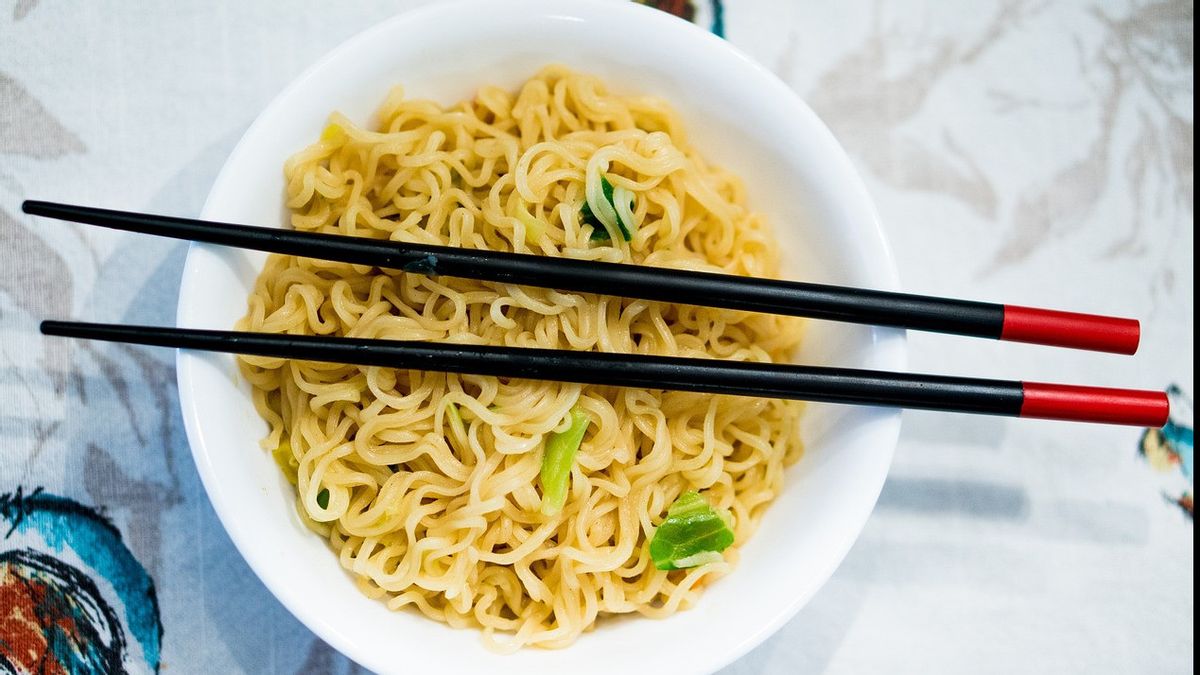YOGYAKARTA - Recently, Indomie Rasa Ayam Special became the subject of discussion after its circulation in Taiwan. The instant noodle product is known to have ethylene oxides. Referring to the results of testing local authorities, ethylene oxides in Indomie were found in the spice package of 0.18 milligrams/kilograms. Let's get to know the ethylene oxide!
So, what exactly is ethilene oxide and the consequences for the human body? For the United States Administration of Work Safety and Health (OSHA), ethylene oxide is a gas created by humans that has a very toxic nature. The compound is colorless, flammable, and can create a sweet odor at room temperature.
National Cancer says ethylene oxides are very risky for health because they can cause some cancers such as lymphoma (cash lymph node), diabetes (blood cancer), breast cancer to stomach cancer. The United States Environmental Protection Agency (EPA) and the International Agency for Cancer Research (IARC) categorizes ethylene oxides as carcinogenics or causes of cancer cells.
This compound should not be found in food materials. Launching from the legitimate website of the Ministry of Environment and Forestry of the Republic of Indonesia, ethylene oxides are generally used as food and garment fumigan, for sterilization of medical equipment (soperative needs), to agricultural functorialicides.
When inhaled, exposure to ethylene oxides in the short term can cause irritation of the eyes, nose, respiratory tract, to the effect on the central nerve layer. These compounds can also cause seizures, lung damage and lympho-sumping symptoms. As a result of ethylene oxides can be even more risky if swallowed.
اقرأ أيضا:
In a long time, pesticide residues in ethylene oxides are associated with the impact of carcinogenic, reproductive or shrinkage levels of fertility to neurotoxicity. So far, the World Health Organization or FAO has not set a maximum limit on residual ethylene oxides in cooking. Each country applies a different maximum limit.
In 2019, Codex Alimentarius Commission (CAC) which is located under the World Health Organization ensures a maximum contaminant limit of 0.001 milligrams/kilograms or 1 microgram/kilogram if there is no maximum level detailed regulation of a contaminant.
So after knowing how to know ethile oxides, see other interesting news on VOI, it's time to revolutionize news!
The English, Chinese, Japanese, Arabic, and French versions are automatically generated by the AI. So there may still be inaccuracies in translating, please always see Indonesian as our main language. (system supported by DigitalSiber.id)
















